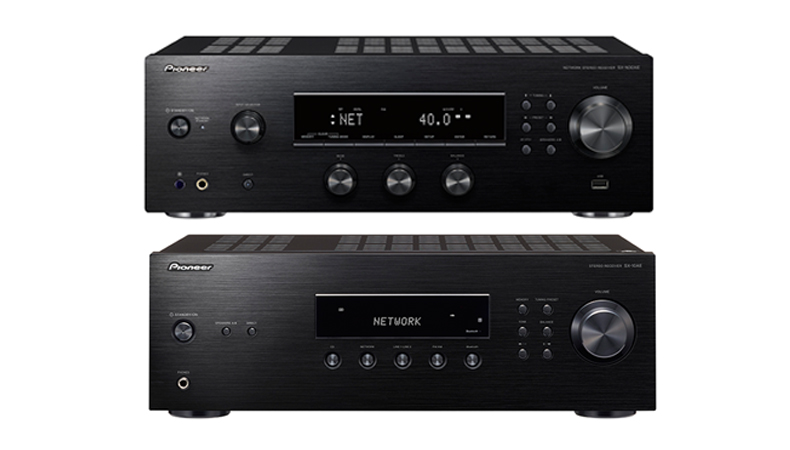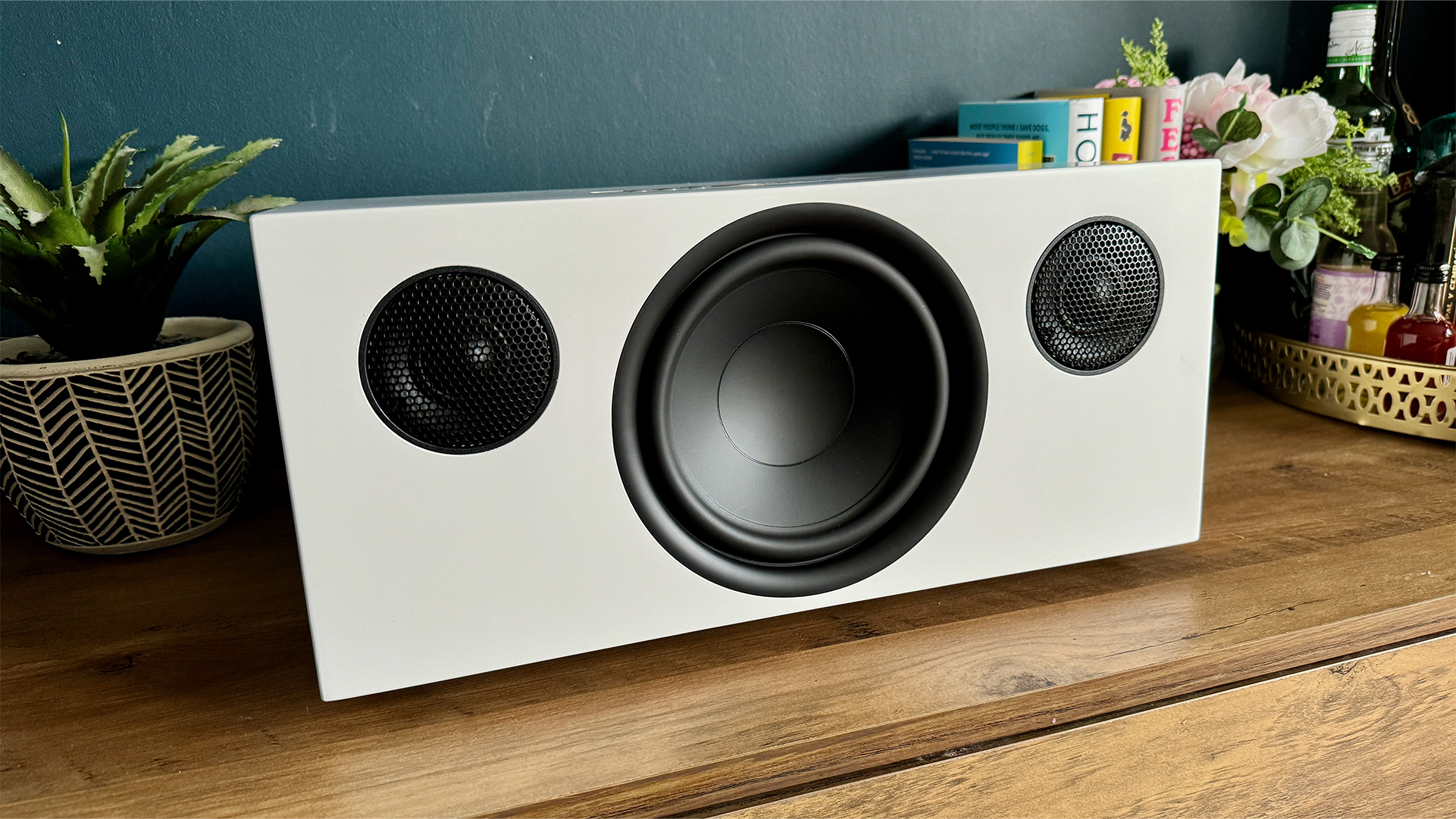Pioneer unveils two stereo receivers with multiple multiroom tech
The SX-N30AE and SX-10AE receivers support FireConnect, DTS-Play Fi and have Chromecast built-in.

Pioneer has announced two new stereo receivers, build with multiroom in mind. They are the SX-10AE (bottom image), and the more expensive SX-N30AE (top).
The receivers both have high power outputs - 135W per channel for the SX-N30AE, and 100W per channel for the SX-10AE - and a high signal-to-noise ratio through optimisation of the circuit blocks. Whether this translates into a great sound quality, of course, remains to be seen (or, more accurately, heard).
On the more affordable SX-10AE are the essential connections: four analogue inputs, one line out and a subwoofer pre-out. The SX-N30AE, meanwhile, has six analogue inputs, a moving-magnet phono input, optical and coaxial sockets plus line out and subwoofer ports. There are also two USBs on the front of the SX-N30AE.
Alongside the wired connections is Bluetooth connectivity, and the SX-N30AE has wi-fi built-in; it also has AirPlay for iOS devices.
For wireless multiroom, both receivers are compatible with FireConnect (controlled through the iOS or Android Pioneer Remote app), DTS Play-Fi (through the Pioneer Music Control App) and with Chromecast.
Both receivers will be available in October, with the SX-N30AE priced at £550 and the SX-10AE coming in at £230.
MORE:
Get the What Hi-Fi? Newsletter
The latest hi-fi, home cinema and tech news, reviews, buying advice and deals, direct to your inbox.
The best What Hi-Fi? deals of the month
The best stereo amplifiers of the 21st century
Yamaha launches R-N803D stereo network receiver
November 2017 issue on sale now!
11 of the world's most expensive loudspeakers
The Indulgence Show returns to London for 2017
Adam was a staff writer for What Hi-Fi?, reviewing consumer gadgets for online and print publication, as well as researching and producing features and advice pieces on new technology in the hi-fi industry. He has since worked for PC Mag as a contributing editor and is now a science and technology reporter for The Independent.
